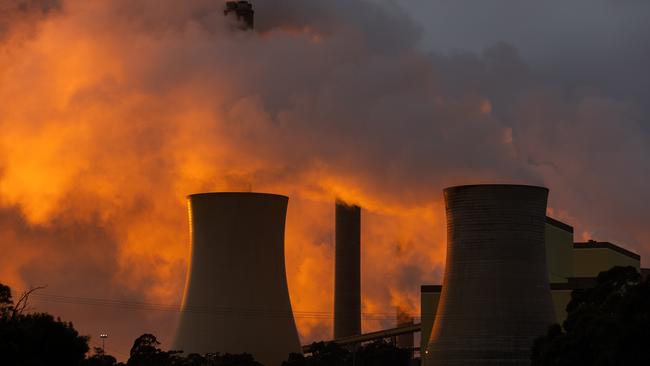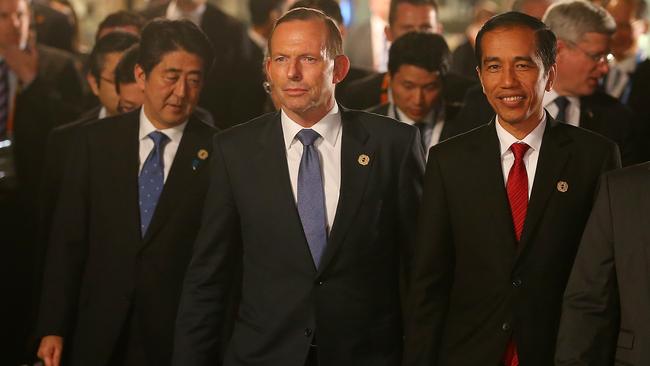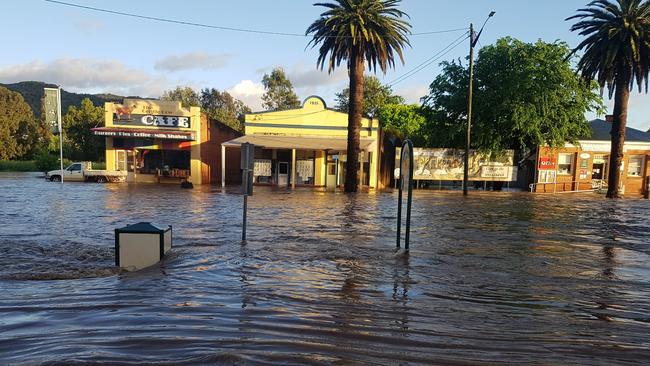Cut emissions, but not at the expense of jobs and our cost of living


I’d normally add, though, that there was little point reducing emissions in ways that drove up our cost of living or just sent our emissions offshore as industrial jobs relocated to places that were less environmentally scrupulous. Because there’s little point dealing with a speculative long-term problem in ways that make short-term practical ones much worse.
It is undeniable that climate changes. It’s the cause that’s uncertain. The ice ages are good examples of a world where the climate was radically different. The Roman and Medieval warm periods, when crops could grow in Greenland, and the mini-ice age of the 1600s, when there were regular ice fairs on the Thames, are more recent examples of climate change; that was, incidentally, independent of any man-made influence. And all other things being equal, the laws of physics mean that an increase in atmospheric carbon dioxide (such as the industrialisation-driven rise from about 300 parts per million to about 400ppm that has taken place in the past century) should tend to warm the planet.
Perhaps this has been the key factor in the average warming of up to 1C that most scientists think has happened across that time (despite some rewriting of the temperature records). Certainly, it seems to be the consensus of the UN Inter-governmental Panel on Climate Change that man-made carbon dioxide is the principal culprit, even though dissident scientists such as Richard Lindzen and Judith Curry think the atmosphere is such a complex mechanism that it’s impossible to be certain, and that other factors such as sun spot activity may play a much larger part.

I certainly think that all countries should take reasonable, proportionate and prudent steps to reduce emissions. The big question is: how much should a country such as Australia be prepared to pay to reduce our emissions given that other countries, such as China and India, will not reduce theirs in preference to strengthening their economies and that nothing Australia does on its own, with our paltry 1.3 per cent of global emissions, will make any appreciable difference.
As prime minister, I agreed that Australia should take a 26 to 28 per cent cut in emissions by 2030 to the 2015 Paris climate conference, based on official advice that this could be achieved without extra government spending, additional costs in the economy, or changes to existing policy.
At that stage, the federal government was spending about $1bn a year through a tender process to fund emissions-reducing activity such as tree planting, soil improvement and better technology (all of which made sense on other grounds too) that was obtaining credible reductions at the cost of about $15 a tonne.
While the previous Coalition government was routinely demonised as “climate-denying”, largely because I had abolished the carbon tax, which was socialism masquerading as environmentalism, as of last year Australia under the Coalition had already cut its emissions by 20 per cent from 2005 levels – compared with just 9 per cent by Canada and just 5 per cent by climate darling New Zealand.
The Coalition’s commitment to achieve net-zero emissions by 2050 – but through technology, not taxes – wasn’t enough to satisfy the climate emergency doomsters who always sought affirmations of faith in the coming climate apocalypse, ignoring the fact the commitment to net zero by a country such as New Zealand relied on excluding emissions from agriculture.
For years now, any discussion of climate policy has been poisoned by fearmongering over supposedly unique catastrophic weather, such as that creating last year’s NSW floods. While last year’s flooding in and around Lismore genuinely was unprecedented, it’s not really surprising that records do sometimes get broken.

On the Hawkesbury, where flood records at Windsor go back to 1799, the four floods of 2020-22 were matched by the five floods of 1860-61; the previous 28-year flood-free period between 1992 and 2020 was more than matched by the flood-free period between 1819 and 1857; and none of the recent floods exceeded 14m (which has been previously exceeded on nine occasions, including three since the completion of Warragamba Dam in 1960). At 13.9m, last year’s flood peak was almost 50 per cent below the all-time peak of 19.7m attained in 1867, which could hardly have had anything to do with man-made climate change.
Unsurprisingly, the Albanese government cited last year’s flood to justify its policy to cut emissions by 43 per cent by 2030, and to cut fossil-fuelled power from more than 60 per cent to under 10 per cent of the electricity grid within eight years. To achieve this, as the Energy Minister has recently admitted, requires the building of 40 large wind turbines every month, the installation of 22,000 solar panels every day and the construction of 28,000km of transmission lines between now and 2030 – all of which will have to be paid for via people’s power bills or taxes. And while (if it’s achieved) this would deliver the renewable power the government seeks, it won’t guarantee the reliable power the economy requires, especially if all the coal-fired power closes in the meantime, as is likely.
By requiring Australia’s 215 biggest emitters (many of which are also big employers) to cut their emissions by 5 per cent each year, or to buy abatement at the cost of up to $75 a tonne, the government is likely further to deindustrialise Australia. And by taking the view that all new fossil-fuel projects pose unacceptable climate risks, the government will gradually kill the coal and gas exports that currently earn more than $200bn a year in national income and deliver the tens of billions in royalty revenue needed to sustain programs such as the National Disability Insurance Scheme.
Driven by its emissions obsession, the government is gambling the country’s entire electricity-dependent way of life on the rapid development of green hydrogen, even though the International Energy Agency, under the most climate-optimistic of its three scenarios, expects this to be providing less than 2 per cent of global electricity by 2050.
Back in 2017, addressing a Global Warming Policy Foundation event (a speech that’s available at tonyabbott.com.au), I said the “only rational choice is to put jobs and standard of living first; to get emissions down but only as a far as we can without putting prices up. After two decades’ experience of the very modest reality of climate change but the increasingly dire consequences of the policy to deal with it, anything else would be a dereliction of duty as well as a political death wish.”
Although the Albanese government got lucky when the Coalition essentially “me-too-ed” its climate policy at last year’s election, very soon climate wishful thinking will start to crash against the reality of blackouts, not being able to make things here, and even more expensive electricity.
Tony Abbott was recently appointed to the board of trustees of the Global Warming Policy Foundation.






As prime minister, I regularly affirmed that climate does change, mankind does make a contribution, and we should do whatever we reasonably can to reduce our emissions.